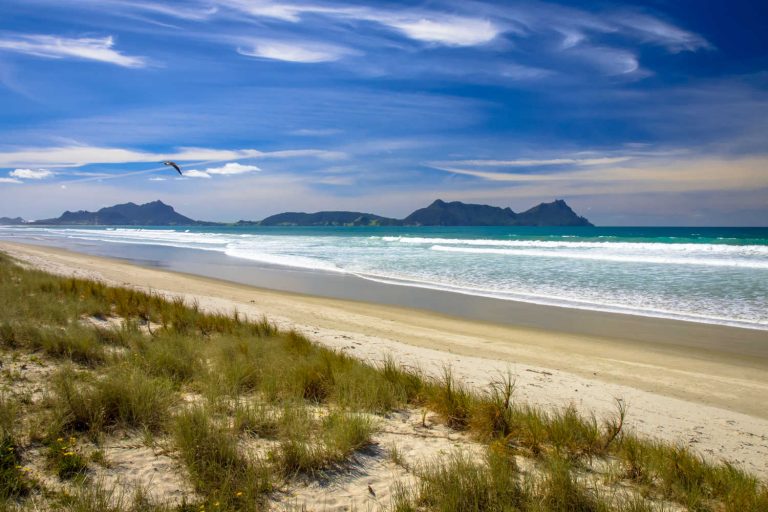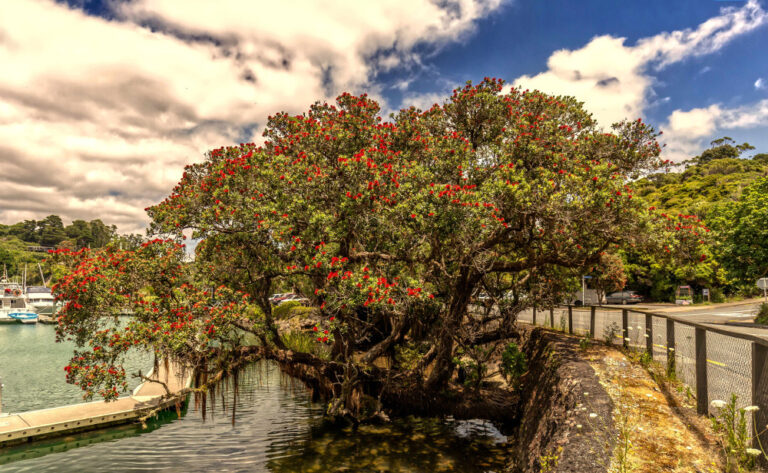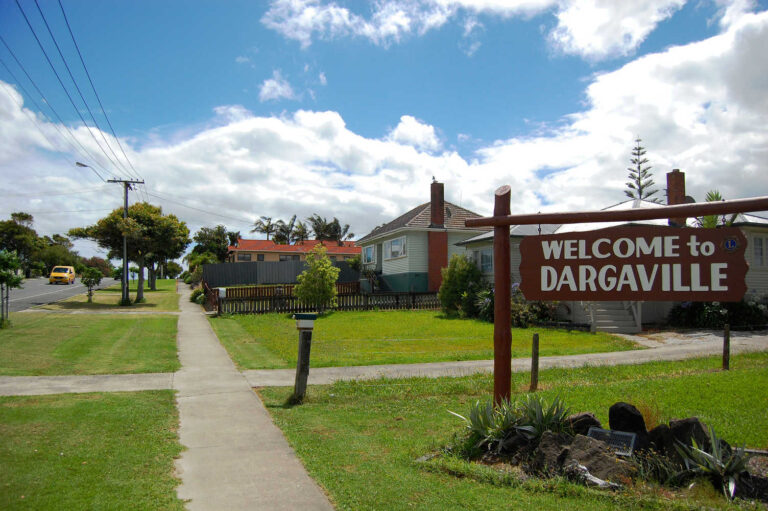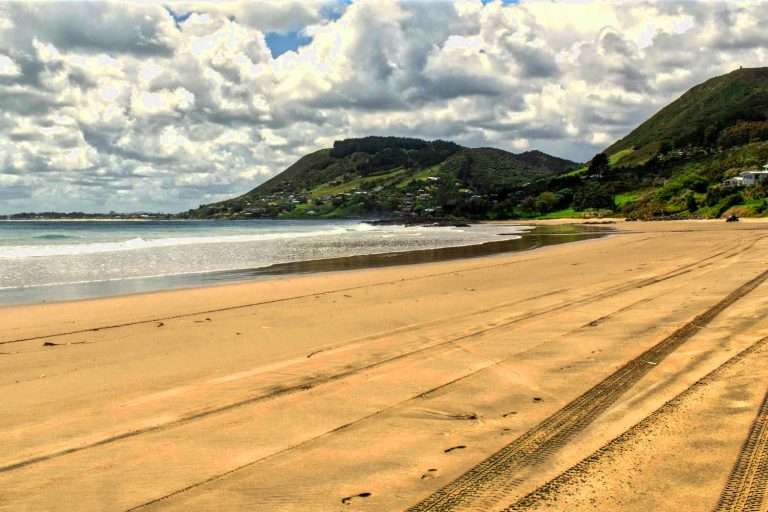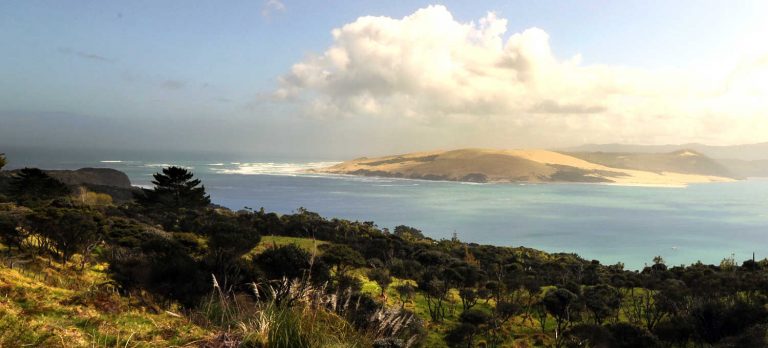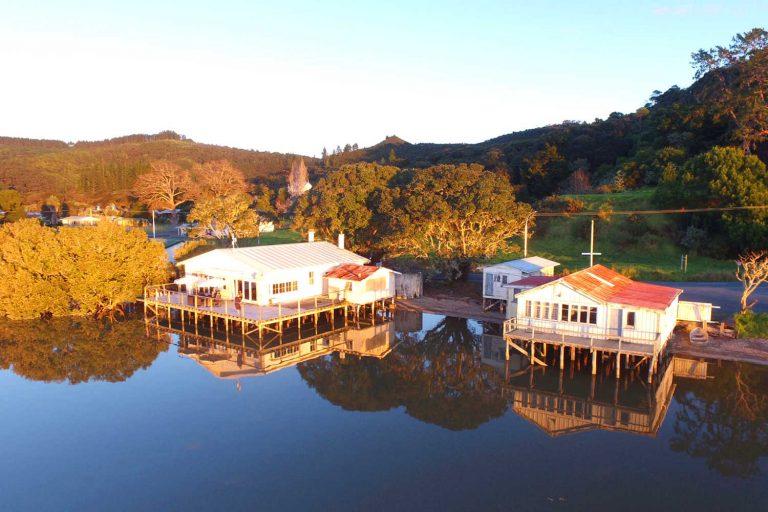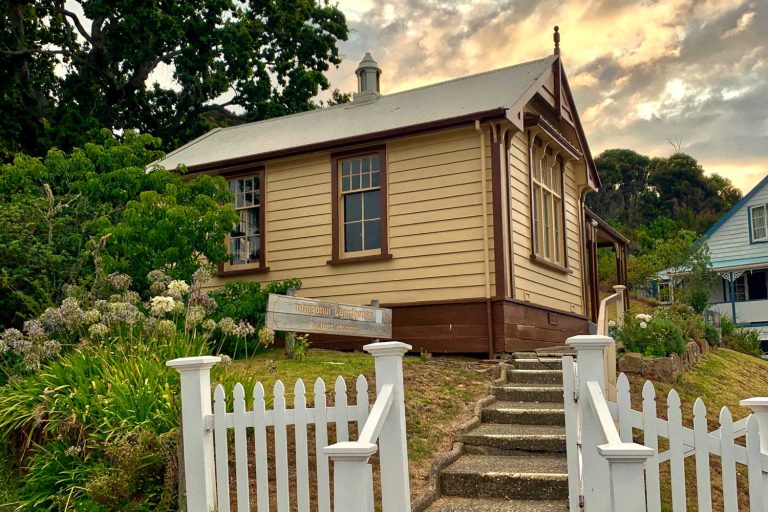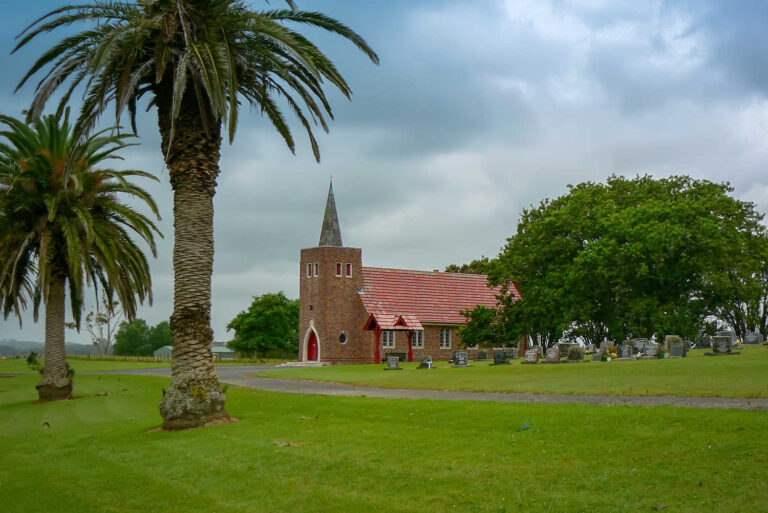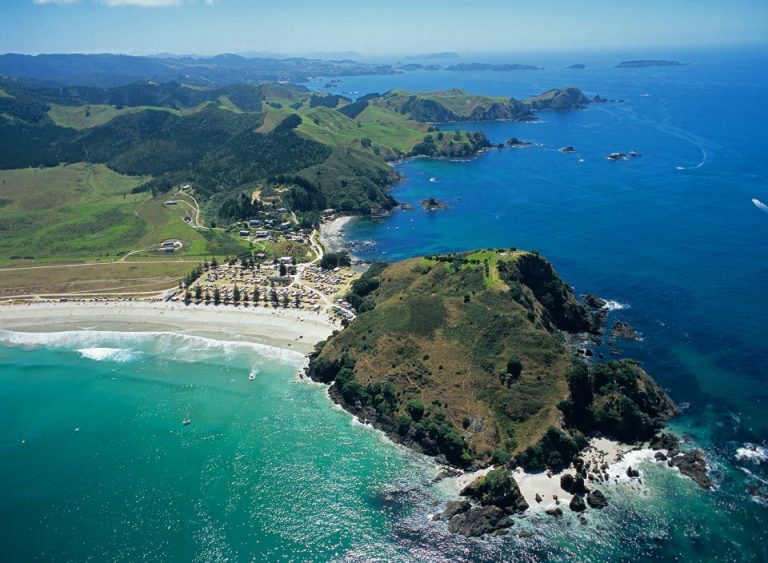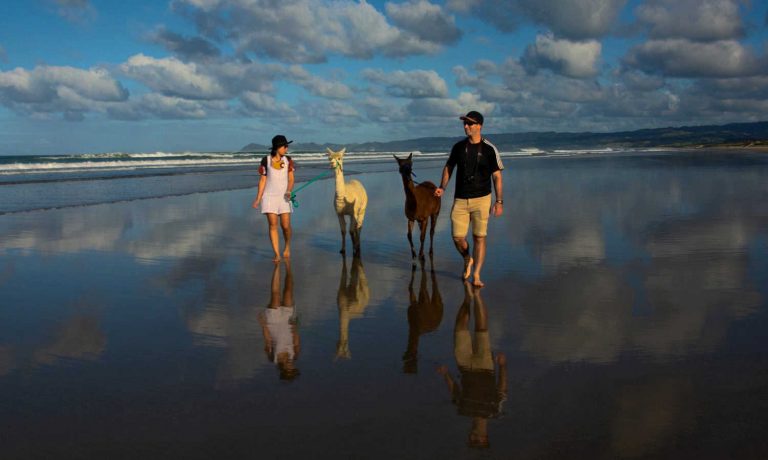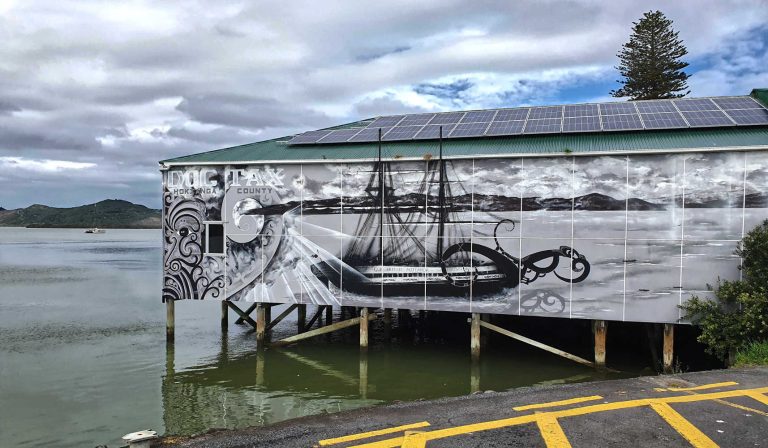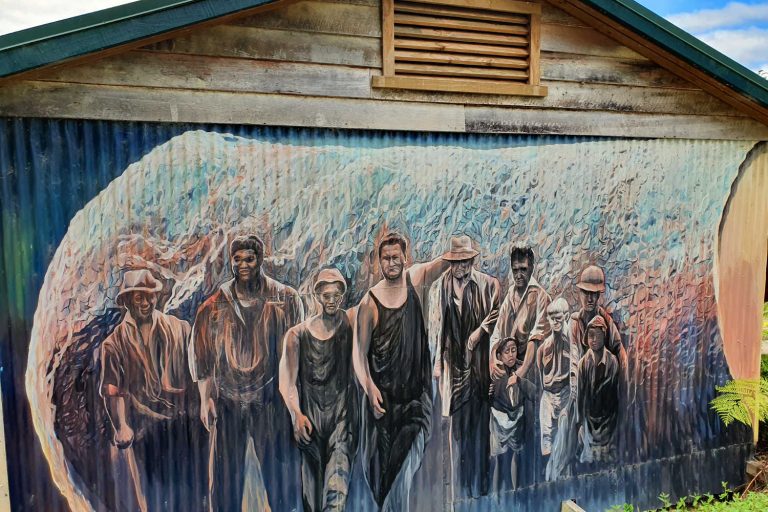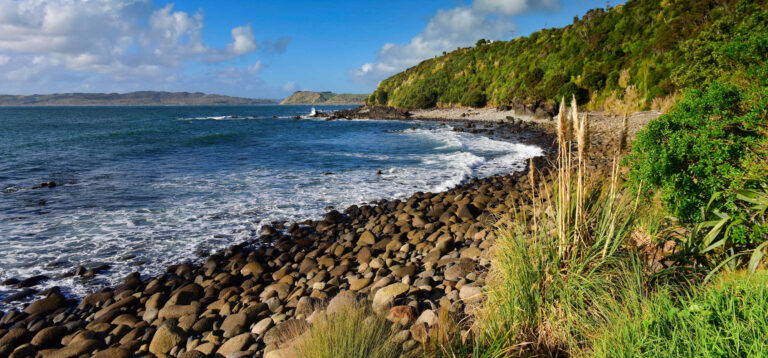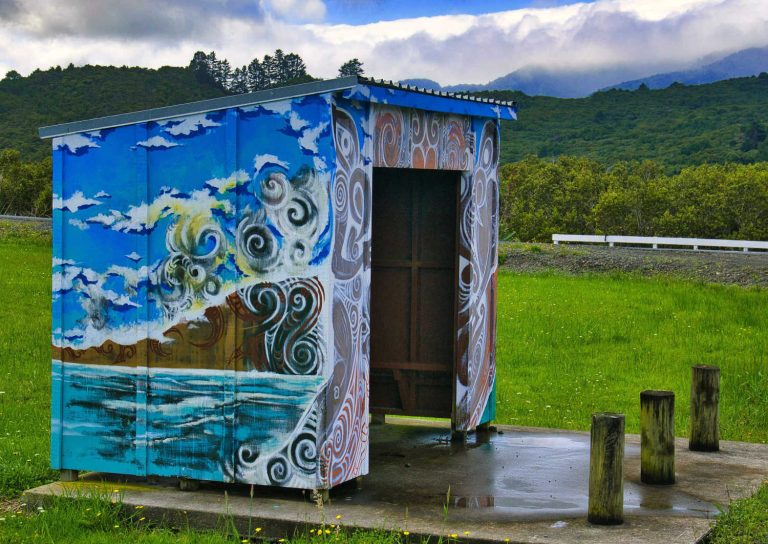Ngunguru, Northland a quiet corner of the coast, a detour worth the journey
Ngunguru there are plenty of things to do. Ngunguru is a blip on the highway dessecting the community from the beach. Slow down, park by the beach and explore the small settlement of Ngunguru. There is a fascinating history of coal mining, of people foraging for seafood for hundreds of years and nature lovers rejoice plenty to see and do.
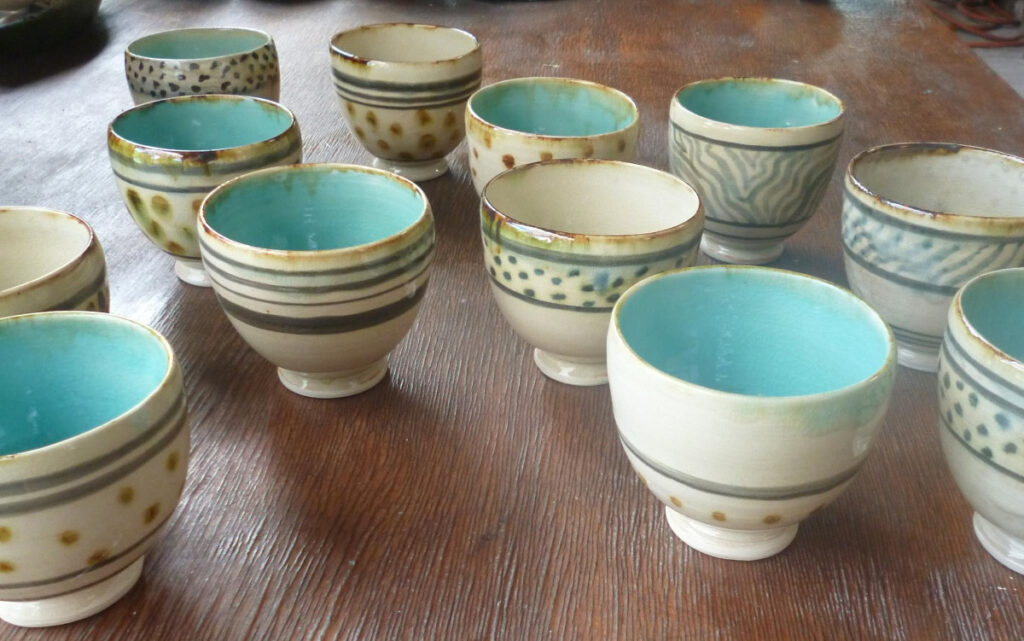
Ngunguru’s highlights
- Quintessential coastal beach community that is not overdeveloped. There are no highrise apartments.
- Estuary and sand dunes, Ngunguru Sandspit, a protected reserve
- Local pottery studios
Where to take the best selfie in Ngunguru
- Frying pan lookout between between Ngunguru and Tutukaka, on top of the Tutukaka Hill on the main road, complete with a map describes landmarks
- Sunset on the beach with a dingy floating nearby
- Tutukaka coastline, take your pick
Ngunguru’s fame
- Ngunguru School bell (1930’s) is vigorously rung whenever the dolphins come up into the estuary and are in front of the school on the designated school bell. 1870: Ngunguru School was first opened as a Church Missionary school, to both Maori and Pakeha
- Methodist church survival against the odds
- Poor Knights Regional Park (Reserve) marine life
- Wade Doak, author and conservationist
- Dr Ingrid Visser is a researcher specializing in orca in New Zealand waters.
Ngunguru’s notoriety
- Badly behaved tourists
Quirky facts about Ngunguru
- The Melanesian Mission ship, Southern Cross, was wrecked in Ngunguru Bay in 1860.
- In 1892, coal was discovered at Kiripaka, at the headwaters of the Ngunguru River and, over 30 years, 630,000 tonnes of coal were extracted. Scows Landing is where the coal departed on the Ngunguru River. 1892 Captain Shoebridge takes the first load of coal down the river
Ngunguru’s Motto
- “Wild Blue Yonder”
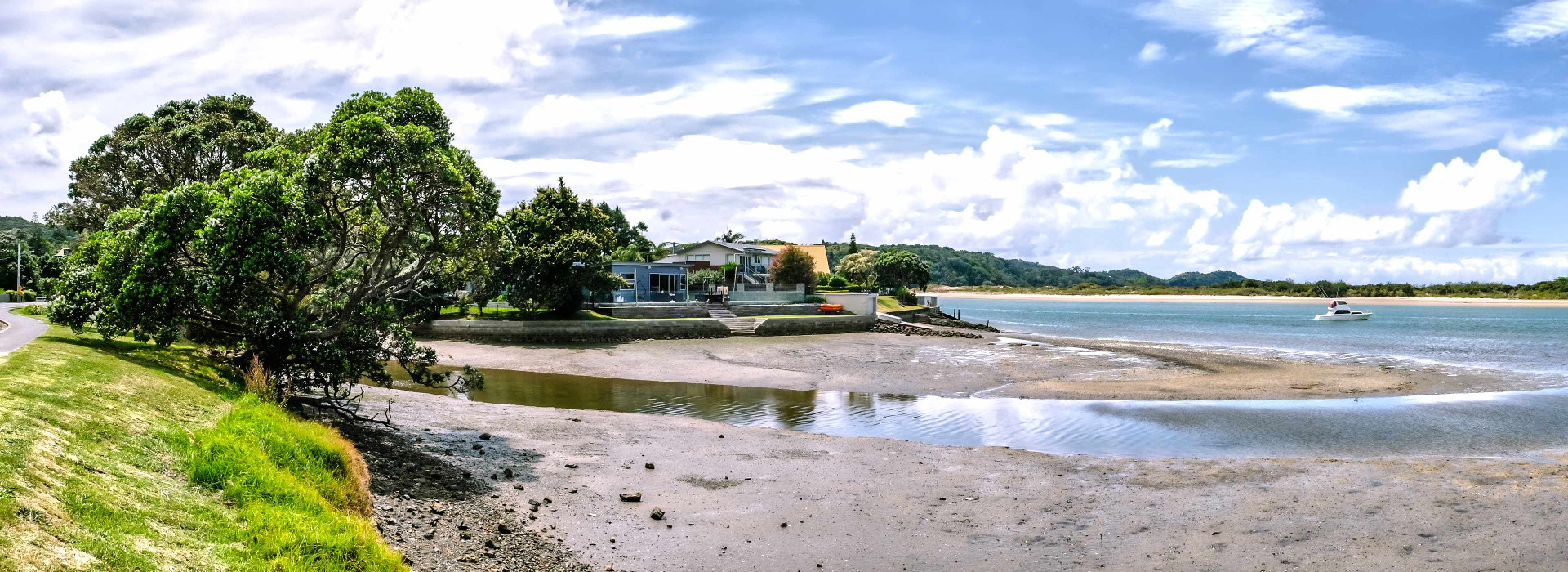
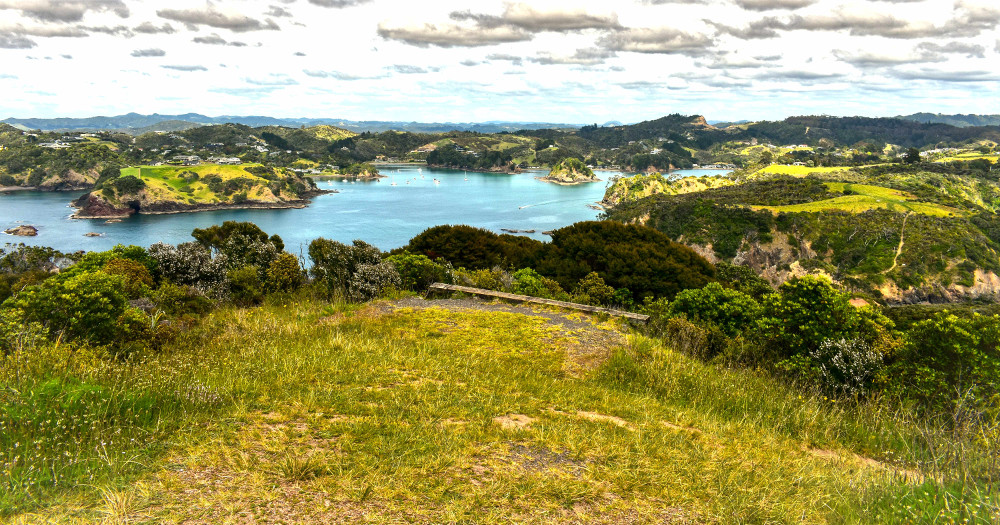
Ngunguru for kids
- Beside the school are public toilets, a local convenience store and a beach. There are trees to park under and drinking water taps (free) to fill water bottles.
- Playground Whale Tail Park.
- Fish n chips from local Ngunguru Takeaways on the beach
- Tutukaka coast beaches
- Dive Tutukaka tour options and local surf and paddle board hire
Who turned up and settled in Ngunguru?
The name Ngunguru refers to rumbling tides, a reflection of the seafaring tradition of the local people. A vibrant community consisting of locals reaching back to New Zealand’s earliest human settlement, colourful artisans and craft makers and people who visited and can’t bear to leave.
What makes Ngunguru tick over?
- Tourism
Judgment on Ngunguru
- You have just found a perfect family holiday spot.
Every town adds to the richness of things to do and see. For more details about the region check Far North & Northland Region nearby attractions and events.
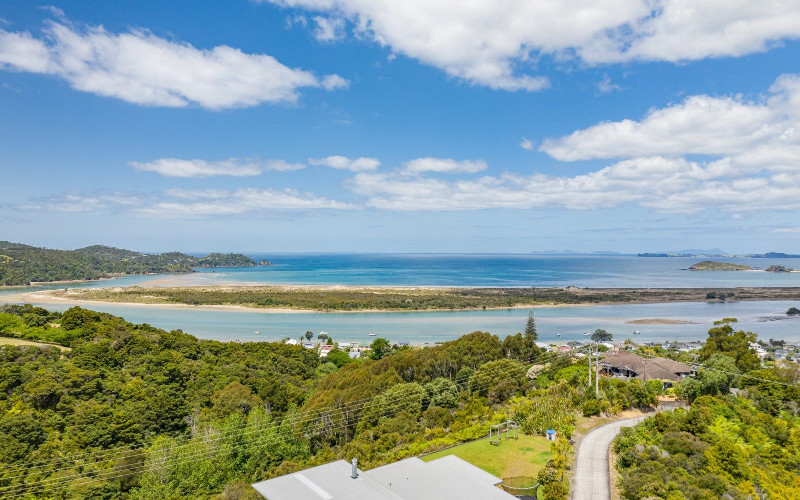
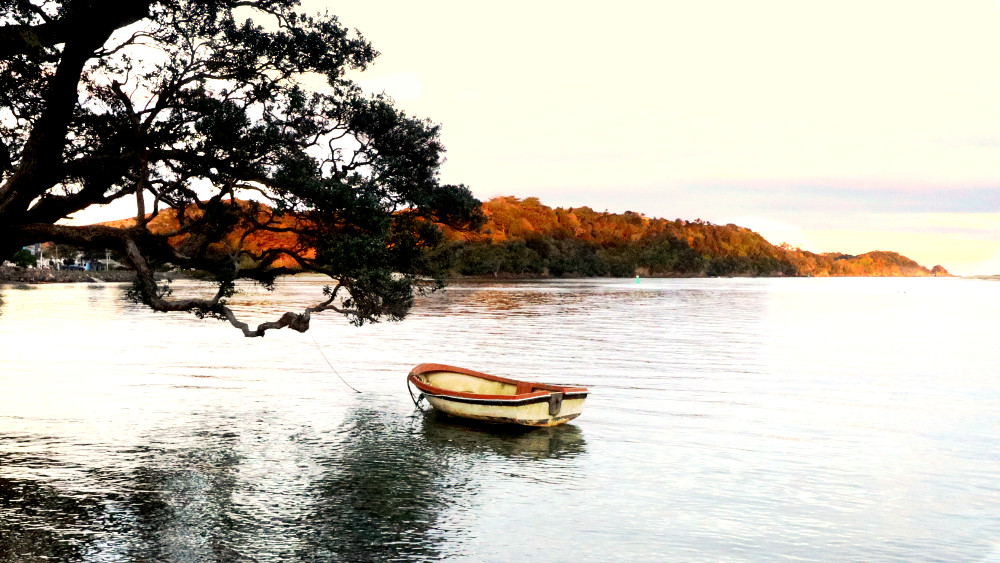
Weather in Ngunguru
Best time to go to Ngunguru
- Year round in the winterless North
Be careful in Ngunguru
- Badly behaved tourists
Getting to Ngunguru
- Whangarei 26km
- Auckland 2 ½ hours
TRAVEL PACK INFORMATION
Scow Landing, kayaking the Ngunguru river
You will pass through the quiet small settlement of Kiripaka, once home to over 2,000 coal miners. The bridge across the Ngunguru river is a memorial to World War II soldiers while Scow Landing is where the sailing scows were loaded for the Auckland market. As you have followed the coast look out for historic dry-stone walls that line each side of the road. The Whangarei area has an estimated 1500 kilometres of dry stone walls. Some were built as early as the 1860s. Scows Landing is the launching pad for kayaking trips. There is a picnic spot at Scows Landing or you can also launch a kayak to explore the river and estuary. Native bush and mangroves surround you as you come closer to the coast.
Ngunguru sandspit
Ngunguru sand dunes are unmodified dunes, probably due to limited access as it is only accessible by boat. The area has significant cultural, historical and environmental values for the local Maori. No dogs are allowed on the spit. Views of the dunes are excellent on the Ngunguru to Whangaumu Bay walk. This walk is between the two bays where, from the lookout you’ll have uninterrupted views of Ngunguru sand dunes (sandspit), Goat Island, Hora Hora, Pataua, Taiharuru, and Whangarei Heads.
The grass ridge, easy to navigate track leads you down to Red Rock Bay. Stroll along these secluded beaches to Ngunguru; rocky outcrops and sheltered sandy bays. This is a family favourite beachcomber’s walk.
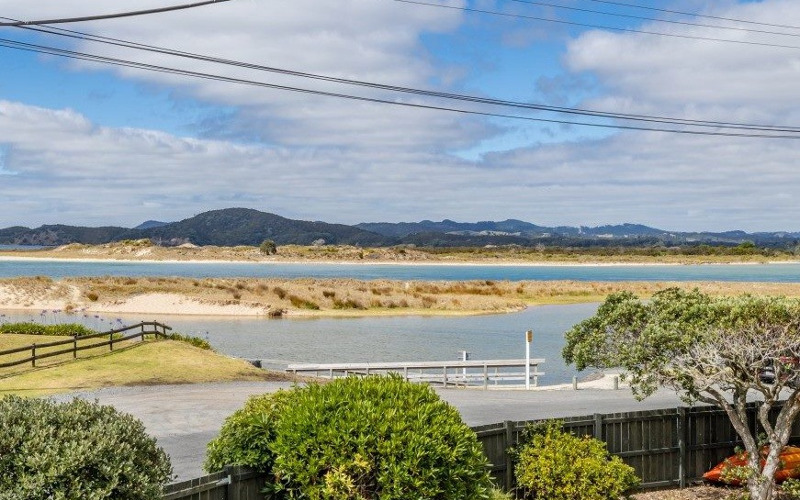

Choose 2 hours each side of low tide for each direction of your walk
Access: Walkway can be accessed from either Whangaumu Bay (south end of the beach) or Ngunguru (Te Maika Road)
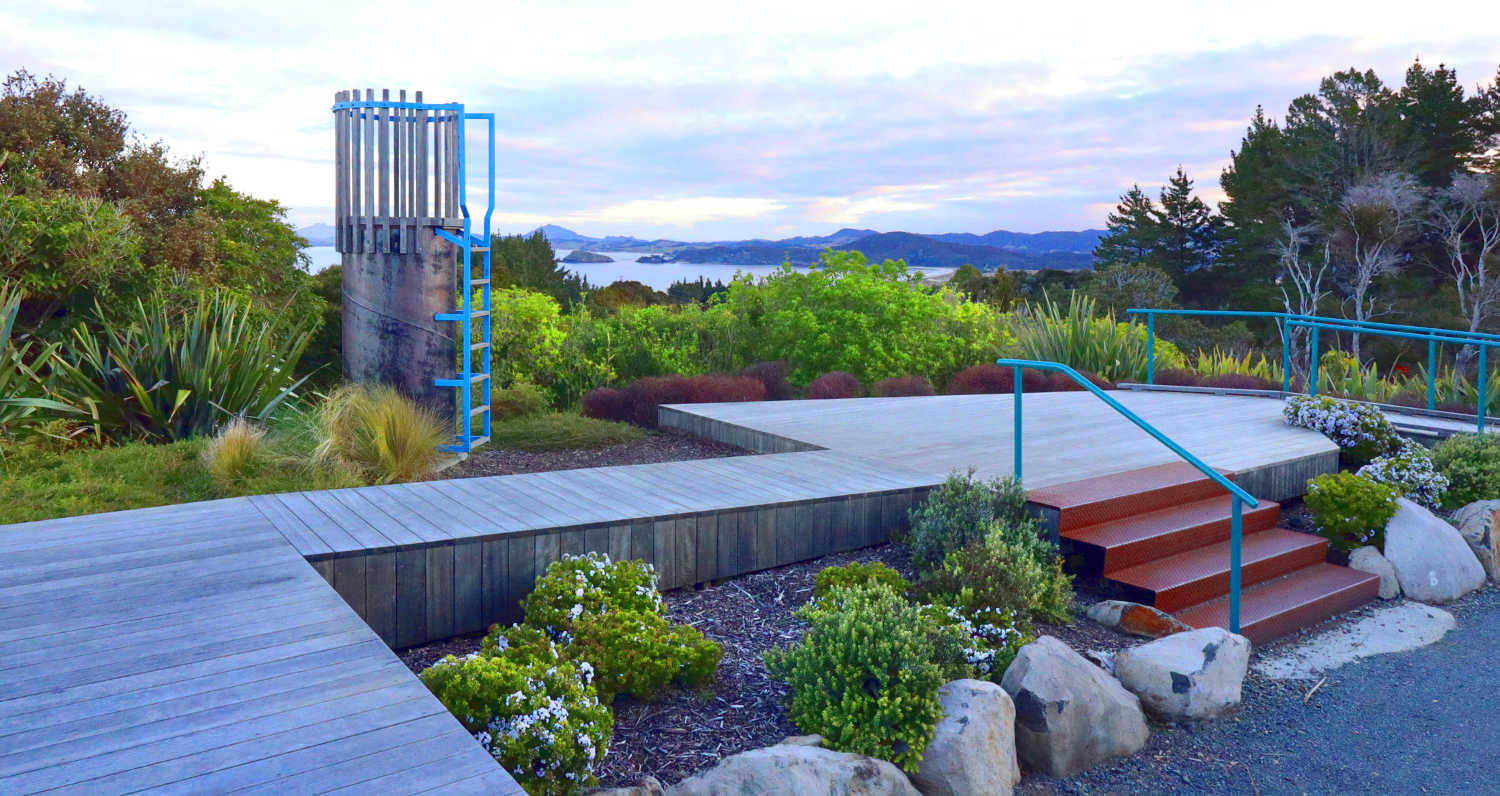
Ngunguru or frying pan lookout
It is spectacular. You do not often say this about a photo opportunity. The lookout, known as the Frying Pan even has an elevated platform for people to climb for an enhanced panoramic view. You might strike a tour bus stop in which case chill out and wait fifteen minutes for the crowds to get back on their tour bus.

If your timing is right the sunset views are instagram moments. The views are of the Poor Knights to Mt Manaia. The timber lookout height and ramp are designed to be accessible. There is seating and picnic tables for your recently purchased fish n chips from the local shop in Ngunguru.
History of our Church
Methodist Church of NZ
“Mr William Hay built the Church in 1910 at Waimamaku. It was originally dedicated as a Presbyterian Church in 1914 but had by 1950 like so many country churches, fallen into disuse.
So after an 8 kilometre journey, the church was relocated on a new site at Whakapara. John Edwards, now of Onerahi, recalls that instead of taking the roof off, one man perched way up on high, using a forked stick to lift overhanging wires out of the way.
In 1983, the church moved on again, this time to Helena Bay, and even gained a new stained glass window. But sadly, by 1999 it again fell into disuse as people moved from the area.
And so in 2004 came this final move. In one year gallons of paint, simply metres and metres of timber and many other building materials were used over countless hours of hard work by volunteers and professionals. Linoleum, carpet and new chairs were the final touches in transforming a sad-looking building into a beautiful church once more.
Sunday 8th May 2005 was a very special day for the Tutukaka Coast Church community. Margo Irvine was ordained deacon by Bishop John Patterson and the very first service was held in the restored church. A great start for the church’s new pages of history, now in Ngunguru. Thanks be to God.”
BEST BITS TRAVEL GUIDE


